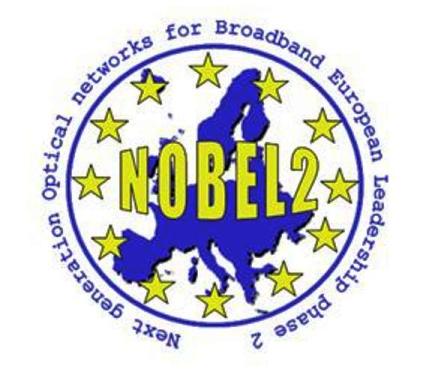Proyecto coordinado para a evaluación de tecnologías y arquitecturas de redes ópticas
December 2005 – December 2008
TEC2005-08051-C03-01
The purpose of the CATARO project (a coordinated project for the evaluation o optical networks technologies and architectures) is to continue the studies carried out in two previous projects, namely TRIPODE (IP traffic transport over Optical networks: Designing and Evaluation, Ref.: TIC2002-04344-C02) and CARISMA (Connection and access to RedIRIS2 through a multi-channel optical ring, CICYT TIC2000-0304-P4-04). Thereby, the CATARO project consists of two subprojects, namely SENDERO (Designing and Evaluation of optical network architectures Ref.: TEC2005-08051-C3-01) and RINGING (GMPLS/ASON Intelligent Network: Integration of reconfigurable nodes, Ref.: TEC2005-08051-C3-02), which are summarized next.
 Building the future optical network in Europe
Building the future optical network in Europe Towards Digital Ooptical Networks
Towards Digital Ooptical Networks Optical Networks: Towards Bandwidth Manageability and Cost Efficiency
Optical Networks: Towards Bandwidth Manageability and Cost Efficiency Next Generation Optical Networks for Broadband European Leadership – phase 2
Next Generation Optical Networks for Broadband European Leadership – phase 2 Next Generation Optical Networks for Broadband European Leadership
Next Generation Optical Networks for Broadband European Leadership